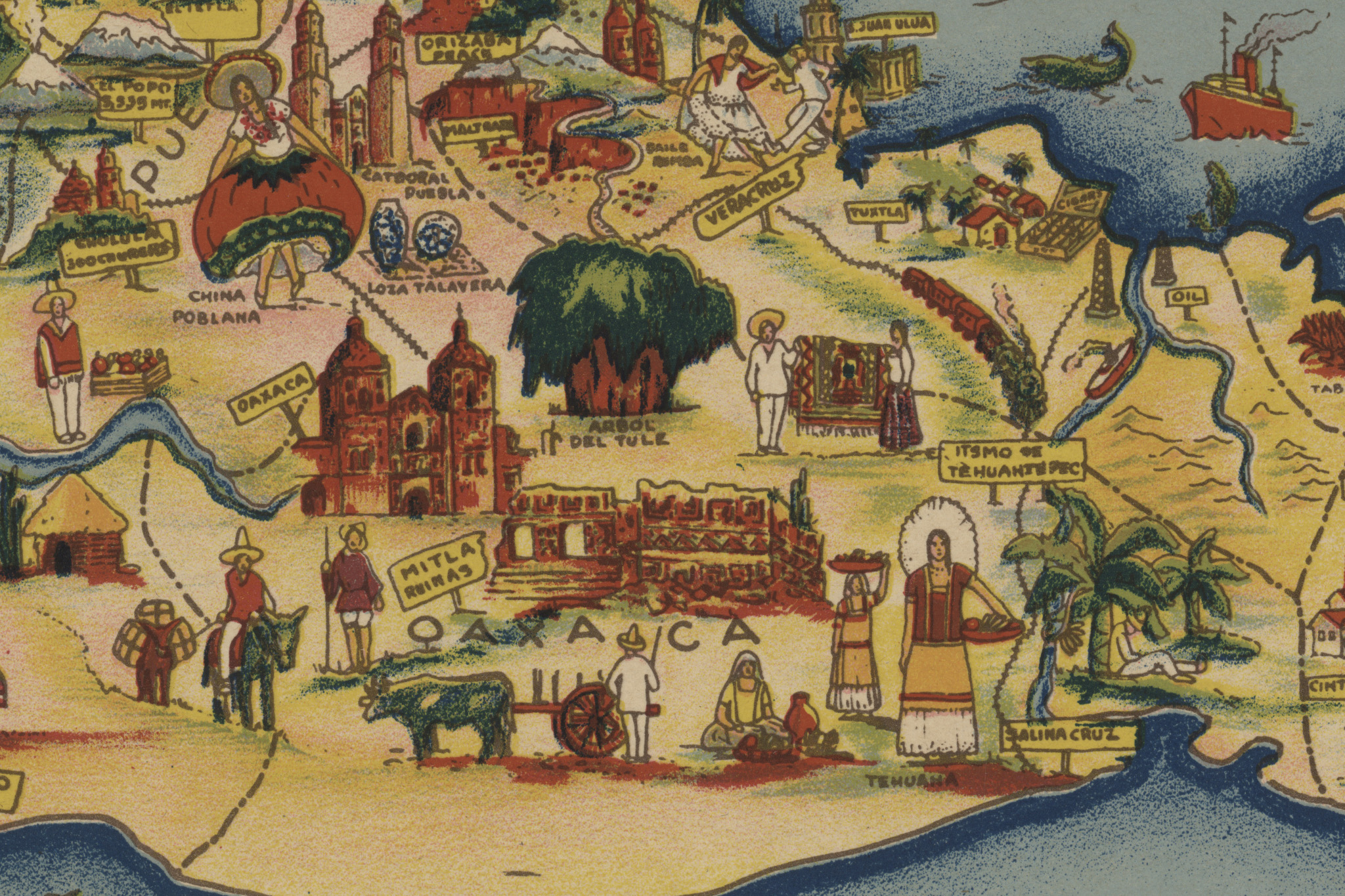

He gave many of his works to the Harvard Map Collection, which featured them in the exhibition "The Pictorial Maps of Ernest Dudley Chase" in 2003. As works of graphic art they are finely drawn and composed with a decorative flair. They typically incorporate large numbers of minutely rendered illustrations with explanatory captions that blend a scholarly approach with wit, patriotism, and optimism. Chase’s maps cover a broad range of geographical locations and varied topics including historical and current events, architecture, and technology.
#PICTORIAL MAP ARCHIVE#
See our Pictorial Maps for Sale and our Online Archive of Sold Pictorial Maps.Įrnest Dudley Chase was one of the most prolific and renowned pictorial map artists of the 20th century, producing about 50 maps published from the 1930s to the 1960s. Pictorial maps are among the specialities of George Glazer Gallery, and we endeavor to have a broad range in stock. For these reasons, people find them easy to relate to, and we recommend them to collectors or as gifts for those interested in particular places or historical events. The work of Jo Mora is right now the most collectible, but we believe that other artists will eventually be rediscovered because the maps present history in an accessible, entertaining and decorative way.

While there have been recent books utilizing pictorial maps among other types of images as part of the study of how people conceptualized Main Street in America, or particular places such as Manhattan, there is no history of pictorial maps as a genre yet written.Īll this presents an opportunity to put together a first class collection for relatively little money compared to other areas of map or antiques collecting. Academic institutions such as the Harvard University Library are beginning to take a serious look at them, putting together exhibits such as the 2003 show at Harvard of maps by Ernest Dudley Chase. The style of the map usually reflects the period, notably Art Deco, which was popular in the Twenties and Thirties.Īs a subspecialty of map collecting, collecting pictorial maps is in its relatively early stages, even compared to other types of 20th-century commercial maps such as road maps. The heyday of pictorial maps was the 1920s through 1950s, with a resurgence in the 1970s, and they are still are made today. Pictorial mapmaking resurfaced as a popular culture art form in the early 20th century. That practice died out however, and if there were illustrations at all, they were pushed off the map itself into the border. Ortelius' map of the Netherlands), little trees to represent forests, native animals (notably Herman Moll's "Beaver Map" of North America), and other small pictures. The maps that followed during the Age of Exploration became progressively more accurate in their geographic proportions and detail, but still were often sprinkled with small drawings of sea creatures and ships sailing in the direction of the prevailing winds (e.g. In the Western tradition, medieval maps such as the Catalan Atlas (1375) were compendiums of historical and ethnographic information as much as they were attempts to render geography.


 0 kommentar(er)
0 kommentar(er)
